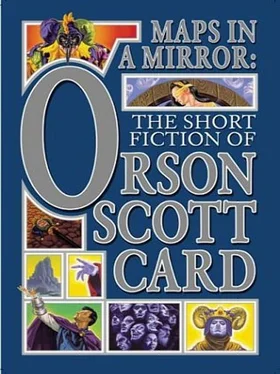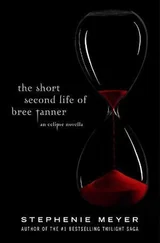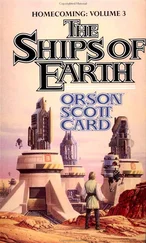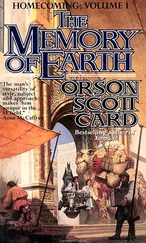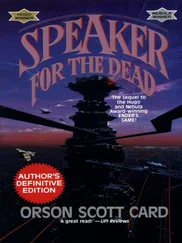Orson Card - Maps in a Mirror - The Short Fiction of Orson Scott Card
Здесь есть возможность читать онлайн «Orson Card - Maps in a Mirror - The Short Fiction of Orson Scott Card» весь текст электронной книги совершенно бесплатно (целиком полную версию без сокращений). В некоторых случаях можно слушать аудио, скачать через торрент в формате fb2 и присутствует краткое содержание. Город: New York, Год выпуска: 2004, ISBN: 2004, Издательство: Tom Doherty Associates, Жанр: Фантастика и фэнтези, на английском языке. Описание произведения, (предисловие) а так же отзывы посетителей доступны на портале библиотеки ЛибКат.
- Название:Maps in a Mirror: The Short Fiction of Orson Scott Card
- Автор:
- Издательство:Tom Doherty Associates
- Жанр:
- Год:2004
- Город:New York
- ISBN:9780765308405, 0-312-85047-6
- Рейтинг книги:4 / 5. Голосов: 1
-
Избранное:Добавить в избранное
- Отзывы:
-
Ваша оценка:
Maps in a Mirror: The Short Fiction of Orson Scott Card: краткое содержание, описание и аннотация
Предлагаем к чтению аннотацию, описание, краткое содержание или предисловие (зависит от того, что написал сам автор книги «Maps in a Mirror: The Short Fiction of Orson Scott Card»). Если вы не нашли необходимую информацию о книге — напишите в комментариях, мы постараемся отыскать её.
In this enormous volume are forty-six stories, plus ten long, intensely personal essays, unique to this volume. In them the author reveals some of his reasons and motivations for writing, with a good deal of autobiography into the bargain.
THE SHORT FICTION OF ORSON SCOTT CARD brings together nearly all of Card’s stories, from his first publications in 1977 to work as recent as last year. For those readers who have followed this remarkable talent since the beginning, here are all those amazing stories gathered together in one place, with some extra surprises as well. For the hundreds of thousands who are newly come to Card, here is a chance to experience the wonder of a writer so talented, so versatile that he can handle everything from traditional narrative poetry to modern experimental fiction with equal ease and grace. The brilliant story-telling of the Alvin Maker books is no accident; the breathless excitement evoked by ENDER’S GAME is riot a once-in-a-lifetime experience.
In this enormous volume are 46 stories, broken into five books: Ten fables and fantasies, fairy tales that sometimes tell us truths about ourselves; eleven tales of dread—and commentary that explains why dread is a much scarier emotion than horror; seven tales of human futures—science fiction from a master of extrapolation and character; six tales of death, hope, and holiness, where Card explores the spiritual side of human nature; and twelve lost songs.
The Lost Songs are a special treat for readers of this hardcover volume, for here are gathered tales which will not see print again. Here are Card’s stories written for Mormon children, a pair that were published in small literary magazines, a thoughtful essay on the writing of fiction, and three major works which have, since their original publication, been superseded by novel-, or more than novel-length works. First, there is the original novella-length version of Card’s Hugo and Nebula Award-winning novel, ENDER’S GAME. Then there is “Mikal’s Songbird”, which was the seed of the novel SONGMASTER; “Mikal’s Songbird” will never be published again. And finally, the narrative poem “Prentice Alvin and the No-Good Plow”—here is the original inspiration for the Alvin Maker series, an idea so powerful that it could not be contained in a single story, or a hundred lines of verse, but is growing to become the most original American fantasy ever written.
MAPS IN A MIRROR is not just a collection of stories, however complete. This comprehensive collection also contains nearly a whole book’s worth of
material. Each section begins and ends with long, intensely personal introductions and afterwords; here the author reveals some of his reasons and motivations for writing what he writes—and a good deal of autobiography into the bargain.
ORSON SCOTT CARD grew up in Utah and attended Brigham Young University, where he studied drama. Card’s early writing career was devoted to plays; he had his own theater company, which was successful for a number of years. Card spent his missionary years in Brazil, learning to speak fluent Portuguese. He now lives in Greensboro, North Carolina, with his wife and three children. From book flaps:
